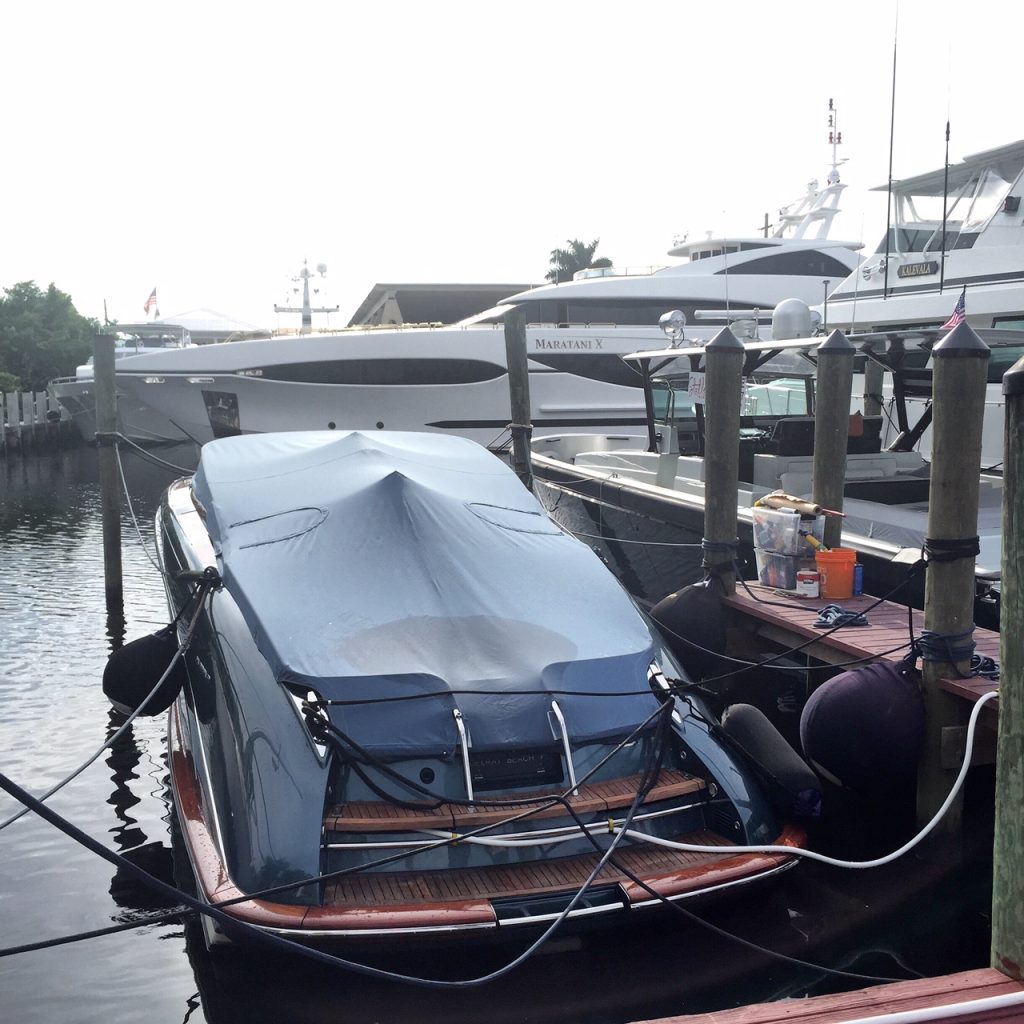Protecting and preparing your vessel for storms
Hurricane season is officially here! And not just hurricanes, but sometimes those severe thunderstorms can blow through this unpredictable South Florida tropical climate.
Fortunately for us NOAA “ National oceanic and atmospheric administration “ has released a positive statement about the 2015-2016 hurricane season
The main reason behind this year’s below normal hurricane season is El Niño. The naturally occurring climate cycle has strengthened, causing several factors that prevent hurricanes from forming, such as increased wind shears, strong winds that travel in a vertical direction and enhanced sinking motion across the tropical Atlantic and Caribbean Sea. Also stating that the Atlantic Ocean has had much cooler temperatures, which will decrease the chances of major storm activity.
All experience boaters know that protecting their vessel for inclement weather is vital and can save them thousands of dollars in repairs.
Team oceanic at management is going to go over some essential steps with you that you should keep in the back your mind if a serve storm were to ever approach you!
- Developed and have a storm plan
Preparing your boat for storms means defending against Wind, rain, strong currents, vicious waves, surges and possible flying debris. The majority of marine damages are caused by these factors.
- Tie up your vessel
If for some reason you cannot bring your vessel to dry dock, which is ideally what you would like to do. Then you should keep in mind these tips when tying up your boat. You should add multiple Dock lines to your boat creating a spider web effect. Face the bow of the boat towards the greatest exposure of wind. Hurricanes in the northern hemisphere spin counter clockwise. Add fenders and Polly balls on the vessel and dock to account for tidal surge and fluctuation in line scope. If you’re leaving your boat connected to shore power make sure you leave enough slack in the power cord line to account for tide changes.
- Never stay on your boat during a hurricane. Do everything you can to protect your boat ahead of the storm. Do not wait until the last minute and do not stay on your vessel. Document your vessel once tied up with pictures incase of an insurance claim so they cannot file negligence against you.


